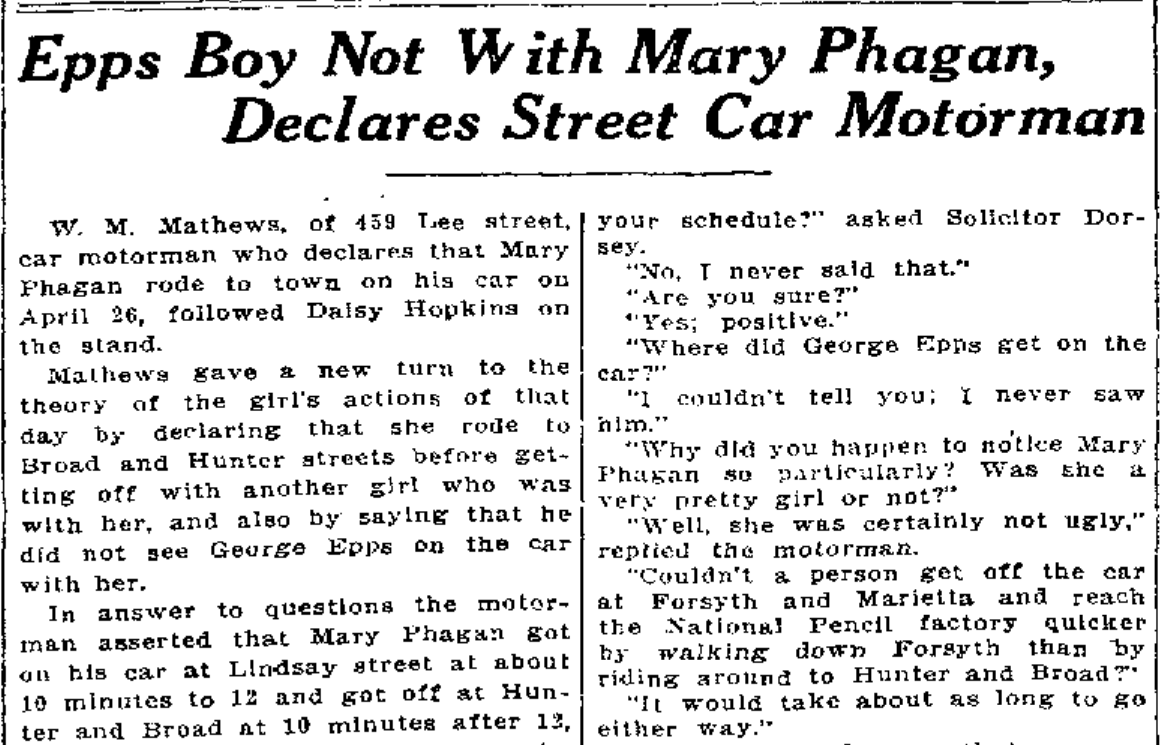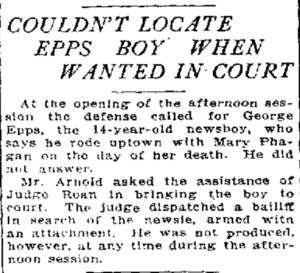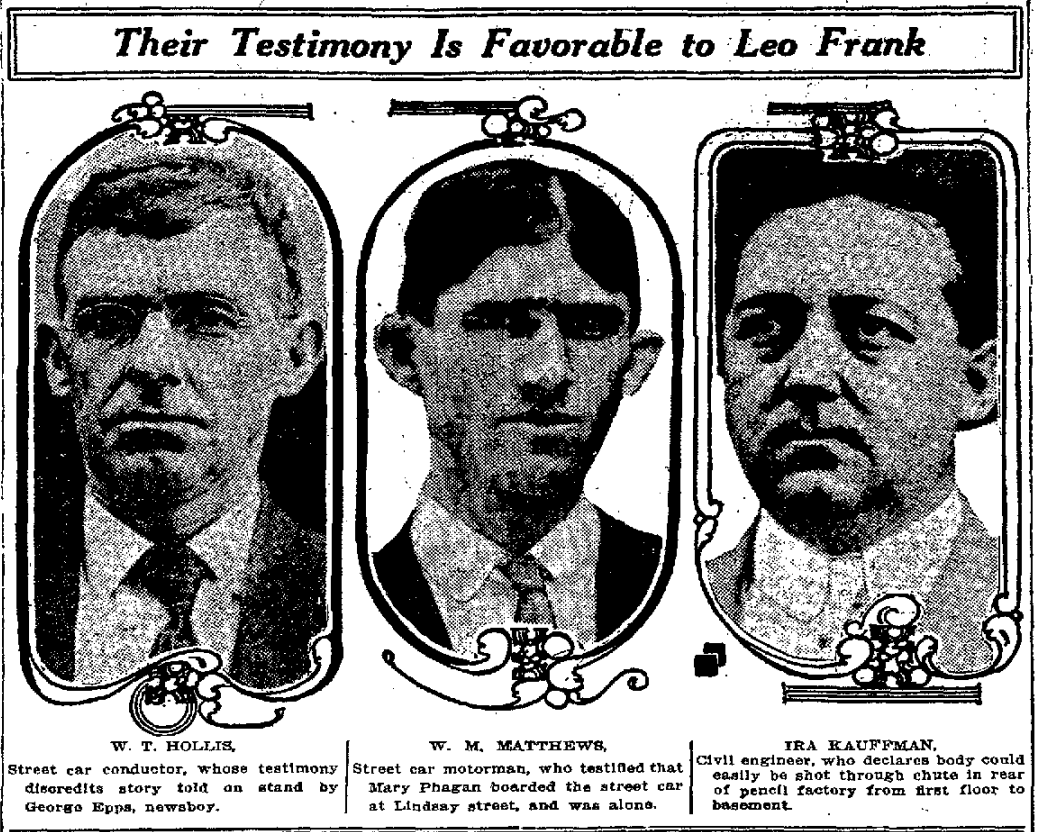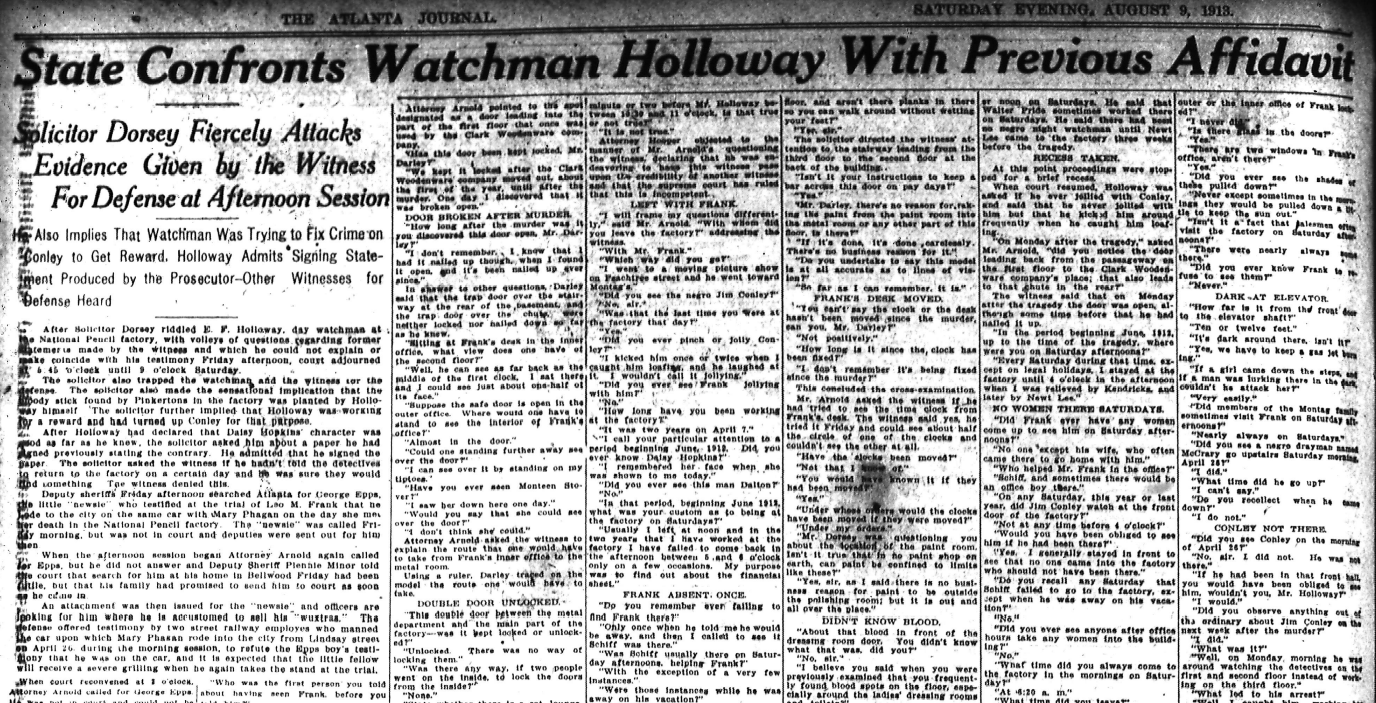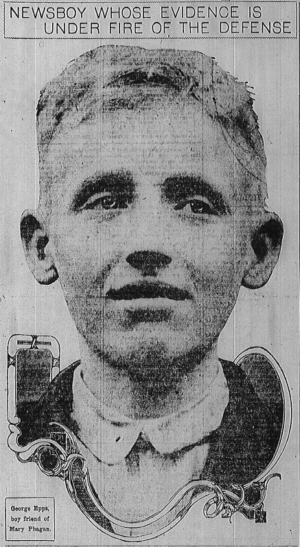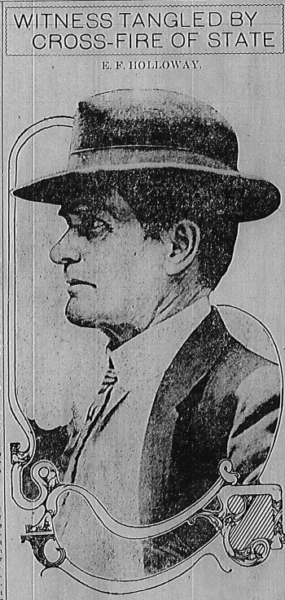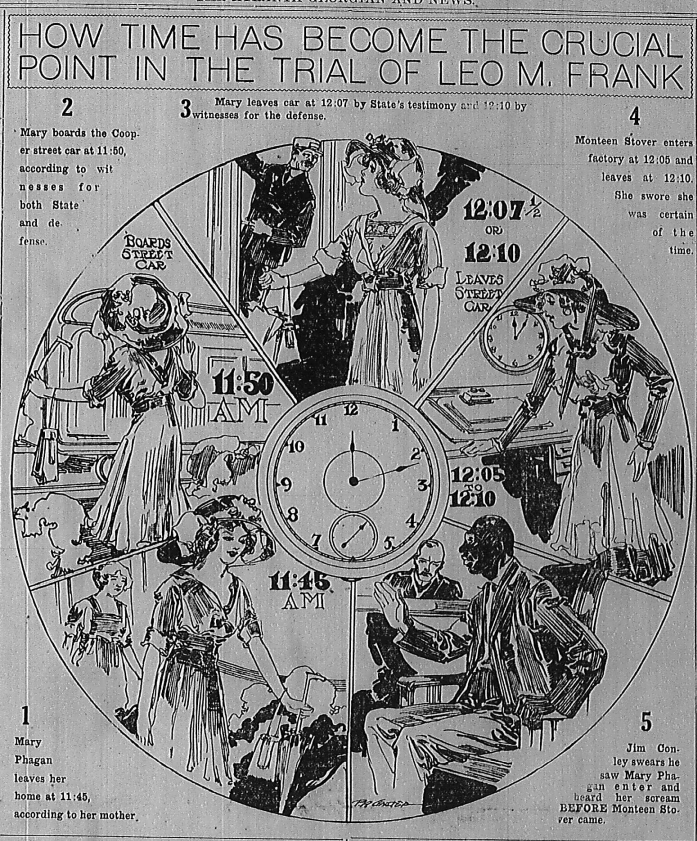Another in our series of new transcriptions of contemporary articles on the Leo Frank case.
Atlanta Georgian
August 10th, 1913
Issue Firmly Drawn Between Two Men
Defense Starting to Mould Its Case
Theory That Negro Attacked Mary Phagan With Motive of Robbing Her Will Be Shown; Two Charges Against Accused Must Be Refuted
By AN OLD POLICE REPORTER.
The second week of the trial of Leo Frank, charged with the murder of Mary Phagan in the National Pencil Factory on the afternoon of April 26, came to a close Saturday noon.
The State’s case has been entirely made up in its primary aspects, and the defense has gone into its story of the great crime sufficiently to make clear both its theory and probable line of pleading.
The public, as the case has progressed, has been swayed this way and that, and to-day the remarkable mystery of Mary Phagan’s untimely and tragic end remains, in hundreds of minds, quite as much of a mystery as ever.
The Battle Is a See-Saw.
The State has had its good days and its bad days, and the defense has met the same fate. At times things have seemed dismally dark and gloomy for Frank, while at other times the clouds apparently have lifted from about him decidedly.
Continue Reading →


